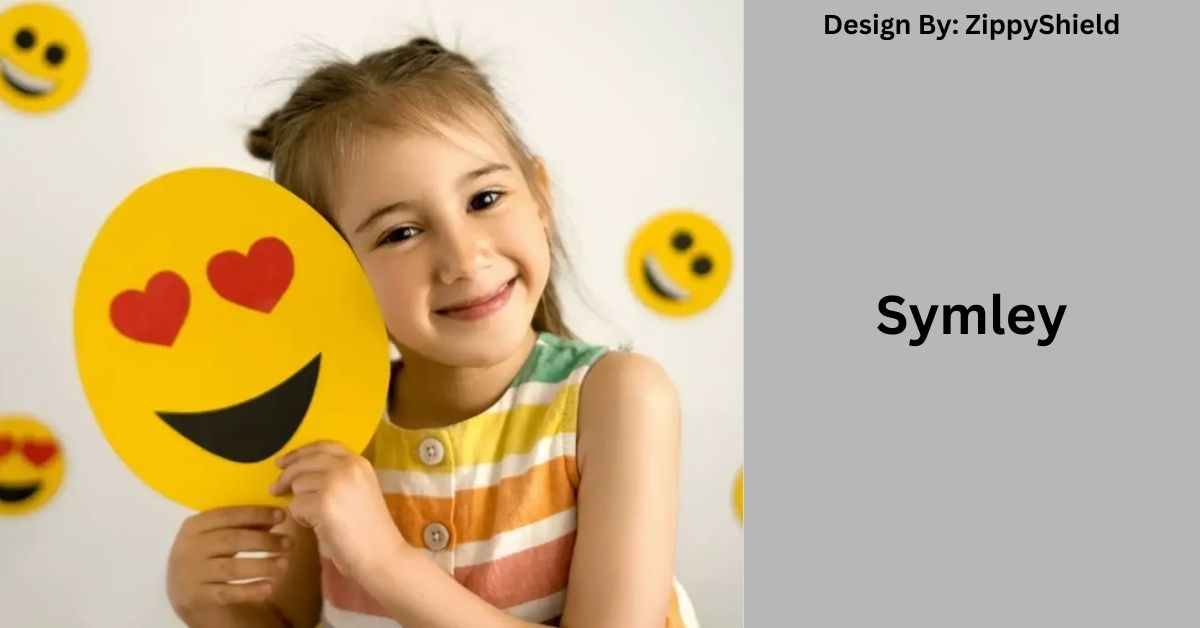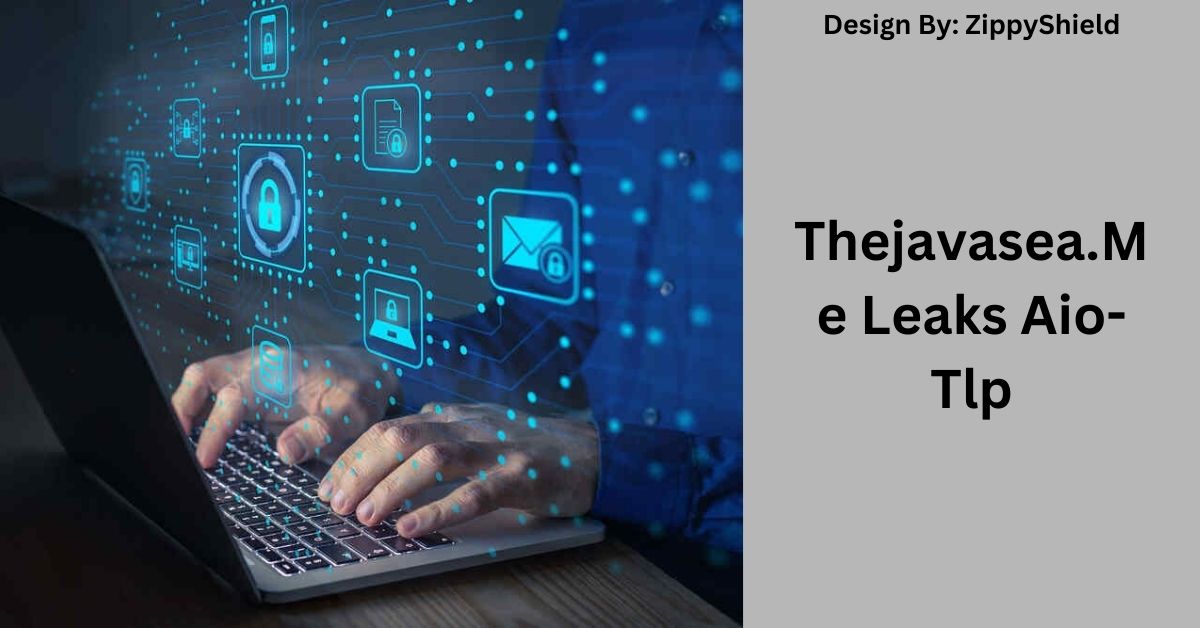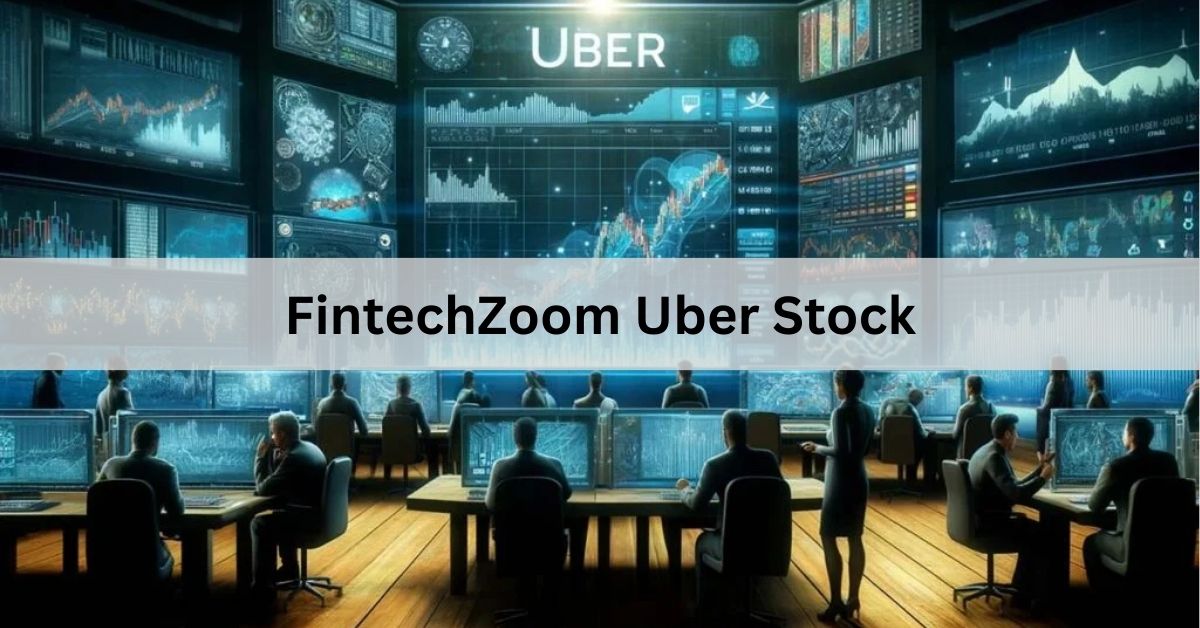Symley, combining symbols and emojis, revolutionizes digital communication by adding emotional depth and nuance, enhancing our expressive and connected online interactions.
Unlocking the Power of Symley: Enhancing Communication:
Symley, a portmanteau of “symbol” and “smiley,” refers to the diverse range of visual symbols we use to communicate in digital spaces. From emojis to gifs and stickers, Symley has transformed how we express ourselves online.
These symbols add depth and nuance to our messages, allowing us to convey emotions, tone, and context that plain text cannot.
By integrating Symley into our communication, we create richer and more engaging interactions, making it easier to connect with others on a more personal level.
The Evolution of Symley:

The journey of Symley began with the creation of simple emoticons in the 1980s, such as the classic smiley face “:)” and the sad face “:(“. These early forms of Symley were used to inject emotion into text-based communication, helping to convey feelings in a straightforward manner. As technology advanced, so did the complexity and variety of Symley.
The introduction of emojis by Shigetaka Kurita in the late 1990s marked a significant milestone. These small, colorful icons quickly became popular worldwide, evolving from basic smiley faces to a vast array of symbols representing everything from emotions to food, animals, and activities.
The integration of Symley into mobile operating systems and social media platforms further propelled its usage, making it an essential part of digital communication.
The Role of Symley in Digital Communication:
In today’s digital landscape, Symley plays a pivotal role in how we interact online. Social media platforms, messaging apps, and even professional communication tools incorporate Symley to enhance user experience. By providing visual context, Symley helps bridge the gap between written words and spoken language, ensuring that our messages are interpreted correctly.
For instance, a simple “Thank you” accompanied by a smiling face emoji can convey warmth and appreciation, whereas the same message without Symley might come across as formal or even insincere. Symley adds layers of meaning to our communication, making it more nuanced and expressive.
Psychological Impact of Symley:
The psychological impact of Symley cannot be overstated. Visual symbols tap into our brain’s natural affinity for images, making communication more engaging and memorable. The use of Symley can evoke emotions, create a sense of empathy, and foster a feeling of connection, even in the absence of face-to-face interaction.
Research has shown that Symley can reduce the ambiguity of text-based communication, helping to prevent misunderstandings and misinterpretations. By providing visual cues, Symley helps convey the intended tone and emotion behind a message, making it easier for recipients to understand and respond appropriately.
Symley in Everyday Life:
Symley has become an integral part of our daily communication. Whether we’re texting friends, posting on social media, or even composing emails, Symley adds a layer of personality and expressiveness to our interactions. It helps us break the ice, lighten the mood, and convey complex emotions with a single symbol.
In professional settings, Symley is often used to create a more relaxed and friendly atmosphere. For example, using a thumbs-up emoji to acknowledge a colleague’s message can foster a sense of camaraderie and collaboration, making workplace communication more efficient and enjoyable.
Cultural Significance of Symley:
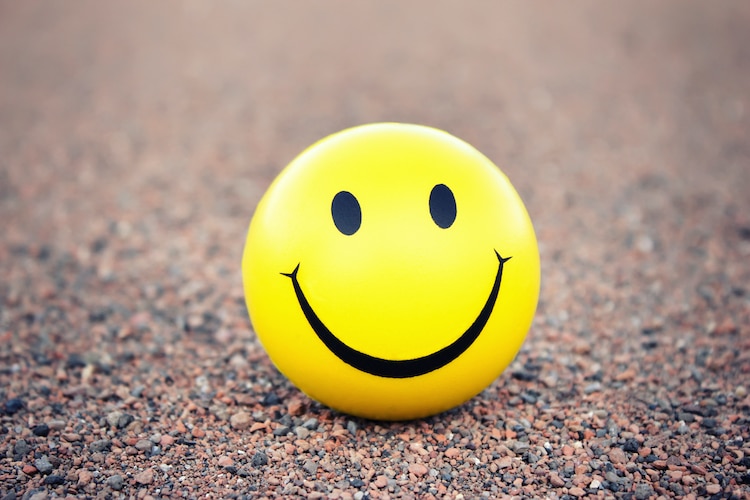
One of the most remarkable aspects of Symley is its ability to transcend language barriers. While words can be misinterpreted or lost in translation, visual symbols often carry universal meanings that are easily understood across different cultures. This makes Symley a powerful tool for global communication, promoting cross-cultural understanding and collaboration.
However, it’s essential to recognize that some Symley symbols may have different connotations in various cultural contexts. Being mindful of these differences can help avoid potential misunderstandings and ensure that our communication remains respectful and inclusive.
Symley in Art and Literature:
The influence of Symley extends beyond digital communication into the realms of art and literature. Contemporary artists and writers have embraced Symley as a means of adding depth and emotion to their works. For example, visual artists incorporate emojis and other symbols into their pieces to comment on modern communication and social dynamics.
In literature, authors use Symley to enhance storytelling and character development. By incorporating visual symbols into their narratives, writers can create more immersive and relatable experiences for their readers. Symley adds a new dimension to storytelling, making it more engaging and reflective of our digital age.
The Future of Symley:
The future of Symley looks promising, with technological advancements set to expand its capabilities even further. Innovations such as augmented reality (AR) and artificial intelligence (AI) are likely to play a significant role in shaping the next generation of Symley.
For instance, AR could enable users to project 3D emojis and symbols into their physical environments, creating a more immersive communication experience. AI-powered Symley could analyze the context of a conversation and suggest the most appropriate symbols to use, enhancing the accuracy and expressiveness of our messages.
Symley and Mental Health:
Symley’s impact on mental health is a growing area of interest. By enabling individuals to express their emotions more freely and accurately, Symley can contribute to improved emotional well-being. It provides a visual outlet for people to share their feelings, seek support, and connect with others who may be experiencing similar emotions.
Moreover, the use of Symley in mental health apps and online support groups can help create a more supportive and empathetic community. Visual symbols can make it easier for individuals to communicate their mental state, reducing feelings of isolation and promoting a sense of belonging.
Challenges of Using Symley:
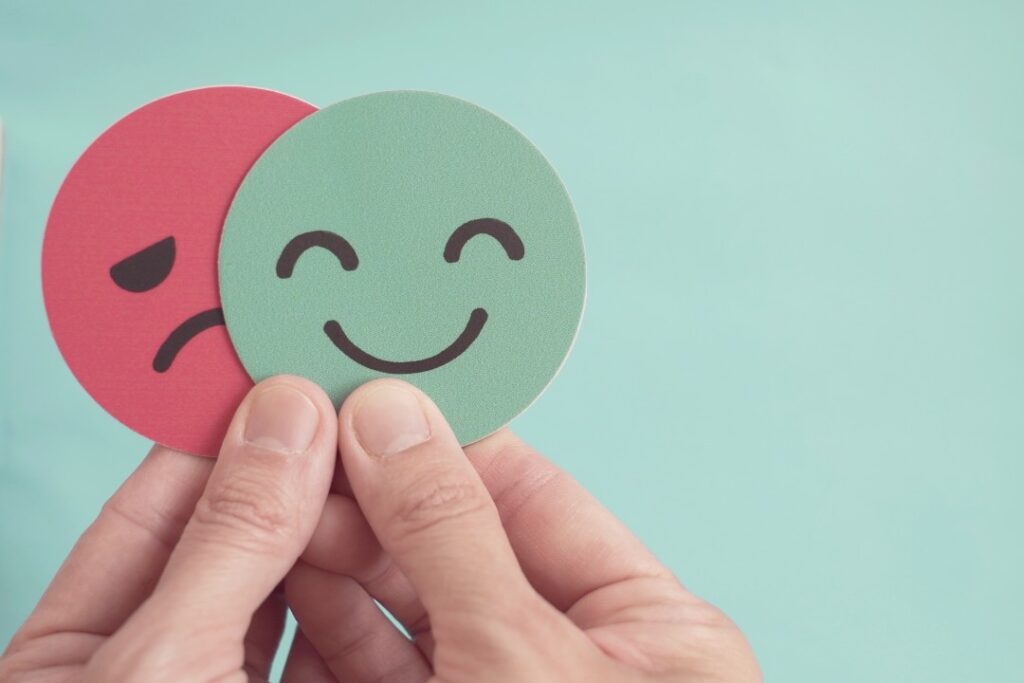
Despite its many benefits, using Symley comes with its own set of challenges. Misinterpretation is a common issue, as the meaning of a symbol can vary depending on the context and the recipient’s perspective. Overreliance on Symley can also lead to a lack of clarity, as visual symbols may not always convey complex ideas or detailed information effectively.
Cultural differences pose another challenge, as certain Symley symbols may have different meanings or connotations in various cultural contexts. It’s essential to be aware of these differences and use Symley thoughtfully to avoid potential misunderstandings.
Enhancing Communication with Symley:
Symley enhances communication by adding visual context and emotional depth to our messages. By incorporating symbols into our interactions, we can convey a wider range of emotions and intentions, making our communication more effective and engaging.
For example, using a heart emoji in a message of gratitude can amplify the sentiment and make the recipient feel more appreciated. Similarly, adding a laughing face emoji to a joke can ensure that the humor is understood, reducing the risk of misinterpretation.
Symley in Education:
Educators are increasingly leveraging Symley to create more interactive and engaging learning environments. In online discussions and digital classrooms, Symley helps students express their thoughts and emotions more freely, fostering a sense of community and participation.
Teachers can use Symley to provide feedback, highlight key points, and encourage student engagement. For instance, a thumbs-up emoji can be used to acknowledge a correct answer, while a thinking face emoji can prompt further reflection and discussion.
Symley in Marketing:
In the world of marketing, Symley has become a powerful tool for capturing attention and conveying messages quickly. Brands use Symley to connect with their audience on an emotional level, creating memorable and impactful campaigns.
Symley can enhance brand communication by adding personality and relatability to marketing content. For example, a playful emoji in a social media post can make a brand seem more approachable and friendly, fostering a positive relationship with the audience.
Symley and Technology:
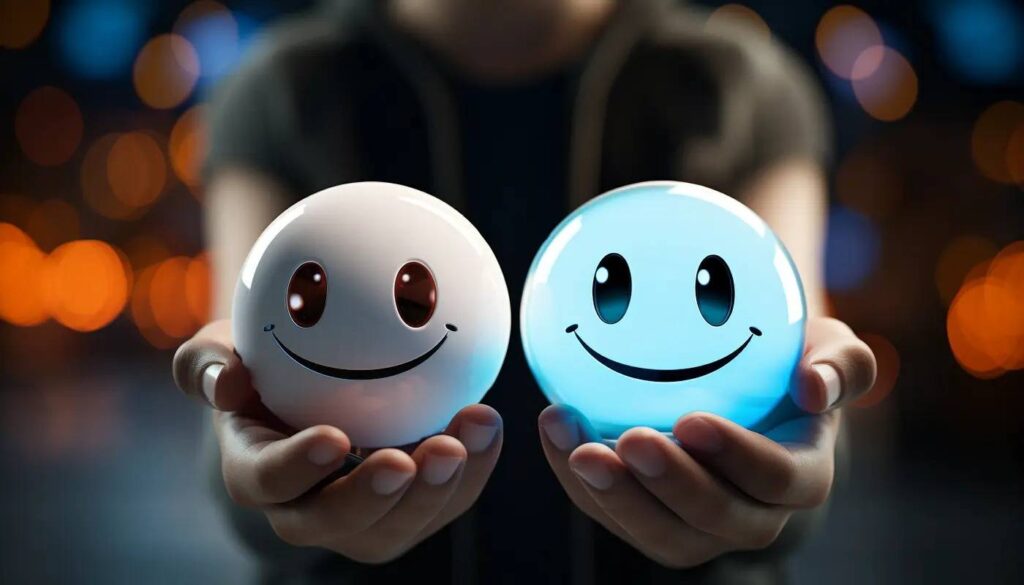
Advancements in technology continue to shape the use of Symley. The rise of smart devices, voice assistants, and AI-powered communication tools has integrated Symley more deeply into our digital lives. These technologies offer new ways to interact with Symley, making communication more seamless and intuitive.
For example, AI-powered keyboards can suggest appropriate Symley based on the context of a conversation, helping users convey their messages more effectively. Voice assistants can interpret and respond to Symley commands, enhancing the user experience.
FAQ’s:
1. What is Symley?
Symley refers to the diverse range of visual symbols, such as emojis and gifs, used to enhance digital communication by adding emotional and contextual depth to text.
2. How has Symley evolved over time?
Symley started with simple emoticons in the 1980s and evolved into complex emojis and visual symbols integrated into various digital platforms, enhancing expressiveness in communication.
3. What role does Symley play in digital communication?
Symley enriches digital communication by providing visual context, reducing misunderstandings, and making interactions more engaging and expressive.
4. What are some challenges of using Symley?
Challenges include misinterpretation of symbols, cultural differences, and overreliance on visual cues, which can sometimes lead to unclear communication.
5. How can Symley benefit mental health?
Symley can improve mental health by enabling better emotional expression, fostering empathy, and creating supportive online communities.
Conclusion:
Symley has become an indispensable tool in modern communication, enriching our interactions and fostering connections across diverse contexts. By understanding its potential and using it thoughtfully, we can unlock the power of Symley to enhance our communication and connect with others more effectively. As technology continues to evolve, so too will the role of Symley, offering exciting possibilities for the future of digital interaction.
